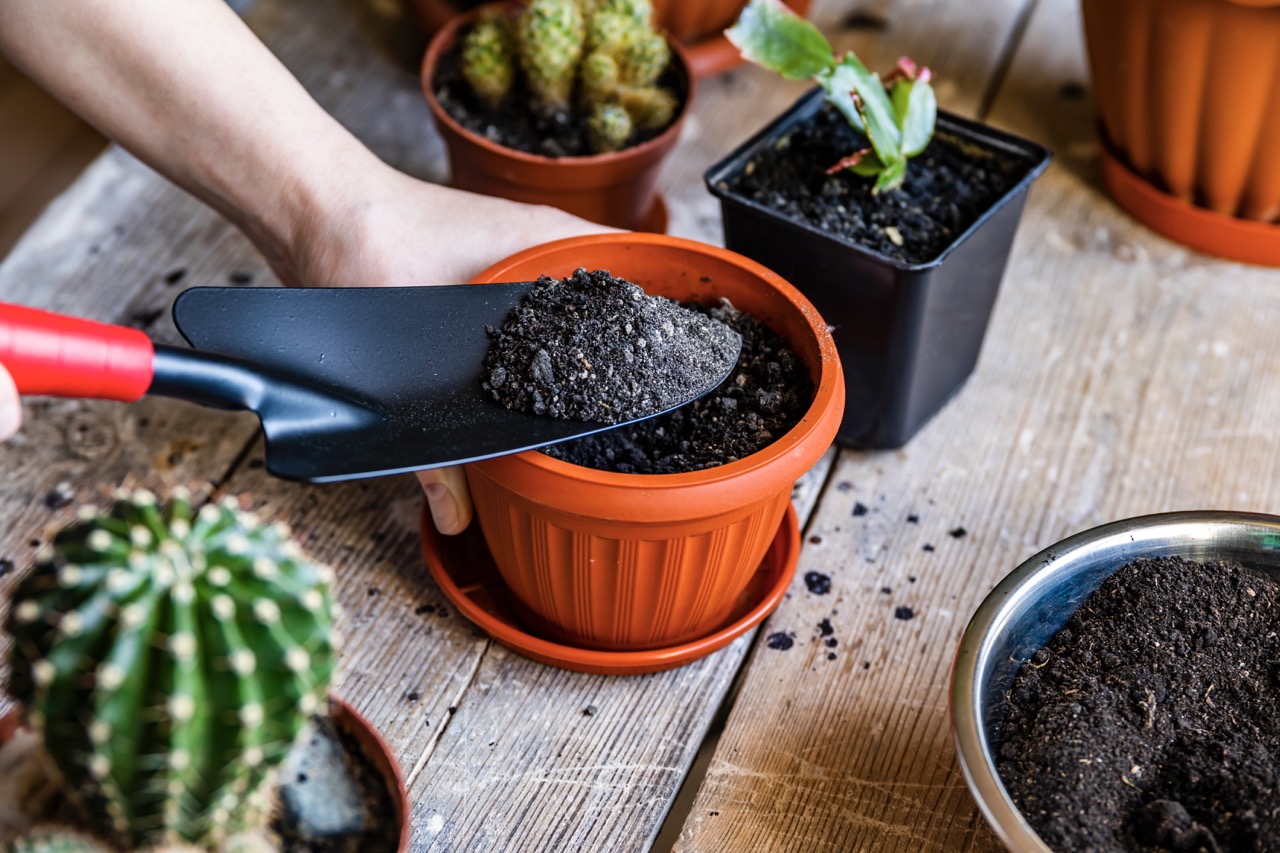

Articles
How To Store Potting Soil In An Apartment
Modified: October 28, 2024
Looking for articles on how to store potting soil in an apartment? Get expert tips and tricks for storing and organizing potting soil in small living spaces.
(Many of the links in this article redirect to a specific reviewed product. Your purchase of these products through affiliate links helps to generate commission for Storables.com, at no extra cost. Learn more)
Introduction
Welcome to the world of urban gardening! Living in an apartment doesn’t mean you can’t indulge in your green thumb. One essential aspect of successful indoor gardening is having quality potting soil readily available. But what do you do when you have limited space and no outdoor storage options? Fear not, as this article will guide you on how to store potting soil in an apartment effectively.
Having potting soil on hand is essential for starting seeds, repotting plants, and ensuring optimal growth for your indoor plants. However, storing it in a small living space can be challenging. Improper storage can lead to a decrease in soil quality, and even worse, attract pests or promote mold growth. But with a few simple techniques and the right tools, you can safely store your potting soil and maintain its quality.
In this article, we will explore the factors to consider before storing potting soil in an apartment, the importance of choosing the right container, the proper preparation and maintenance of the soil, and tips for storing potting soil in small spaces.
So, if you’re ready to learn the art of storing potting soil in an apartment, let’s get started!
Key Takeaways:
- Storing potting soil in an apartment is essential for convenience, cost savings, and consistent quality. Proper preparation, container selection, and creative storage solutions are key to maintaining soil freshness and optimizing indoor gardening space.
- Factors such as air circulation, temperature, and container selection are crucial for successful potting soil storage in apartments. By following proper preparation and maintenance tips, you can ensure the longevity and quality of your stored potting soil.
Read more: How To Store Unused Potting Soil
Why Storing Potting Soil in an Apartment is Necessary
Storing potting soil in your apartment is a crucial aspect of indoor gardening for several reasons. Let’s explore why it is necessary:
- Convenience: By having potting soil readily available in your apartment, you eliminate the need to rush to a store every time you need to repot a plant or start new seedlings. This saves you time, effort, and allows you to seize gardening opportunities as they arise.
- Cost savings: Buying potting soil in bulk and storing it in your apartment can help you save money in the long run. Purchasing large bags or sacks of soil is often more cost-effective than buying smaller quantities, and you can take advantage of sales or discounts when available.
- Consistent quality: By storing potting soil in your apartment, you have control over the quality of the soil you use for your indoor plants. You can choose a trusted brand or mix your own ideal potting soil blend, ensuring that your plants receive the necessary nutrients and drainage for healthy growth.
- Availability during off-seasons: Storing potting soil allows you to have access to high-quality soil year-round, even during the off-season when garden centers might have limited stock. This is particularly useful if you enjoy starting seeds indoors or cultivating plants that require consistent soil conditions.
- Emergency preparedness: Storing potting soil in your apartment ensures that you are prepared for unexpected gardening needs or emergencies. Whether it’s rescuing a dying plant or responding to a sudden urge to expand your indoor garden, having potting soil readily available offers peace of mind.
Overall, having potting soil stored in your apartment provides convenience, cost savings, quality control, availability during off-seasons, and emergency preparedness. It empowers you to enjoy indoor gardening with ease, enabling you to cultivate thriving plants and enjoy the beauty of nature within the confines of your home.
Factors to Consider Before Storing Potting Soil in an Apartment
Before you start storing potting soil in your apartment, there are a few factors to consider to ensure that you do it right. Taking these factors into account will help you maintain the quality of the soil and prevent any potential issues. Here are some important considerations:
- Air circulation: Potting soil needs proper air circulation to prevent the growth of mold or mildew. Consider the ventilation in your storage area and choose a location with good airflow. Avoid storing potting soil in sealed containers that can trap moisture, as this can lead to deterioration of the soil quality.
- Temperature: Extreme temperatures can affect the quality of potting soil. Avoid storing it where it can be exposed to direct sunlight or extreme heat. High temperatures can cause the soil to dry out or lose its moisture-holding capacity, while freezing temperatures can lead to the formation of ice crystals or damage the organic matter in the soil.
- Humidity: Moisture is another important factor to consider. Excess humidity can create a breeding ground for pests or promote the growth of mold. Ensure that the storage area has a moderate level of humidity, and opt for moisture-proof containers if necessary.
- Container size: Choose containers that can comfortably accommodate the amount of potting soil you plan to store. Opt for smaller containers if you have limited space or need to store a smaller quantity. Make sure the containers have tight-fitting lids to prevent moisture and pests from entering.
- Accessibility: Consider the ease of access to your stored potting soil. Organize it in a way that allows you to easily reach and retrieve the soil when needed. This will save you time and effort, especially when you’re in the midst of a gardening project.
- Labeling: To avoid confusion, label your containers with the contents and the date of storage. This will help you keep track of the freshness of the soil and ensure that you use older stock first.
By taking these factors into consideration, you can ensure that your stored potting soil remains in optimal condition, ready for whenever you need it. Proper air circulation, temperature control, humidity levels, container size, accessibility, and labeling are all key elements in maintaining the quality of your potting soil.
Choosing the Right Container for Storing Potting Soil
When it comes to storing potting soil in your apartment, selecting the right container is crucial. The container you choose will directly impact the quality and longevity of your stored soil. Here are some factors to consider when selecting the perfect container:
- Material: Opt for containers made of durable materials that are resistant to moisture and pests. Plastic containers are a popular choice as they are lightweight, affordable, and provide good insulation. Additionally, plastic containers are typically reusable and come in various sizes, making them suitable for small apartments.
- Size: Consider the amount of potting soil you need to store and choose a container size that accommodates it without leaving too much empty space. This helps reduce the potential for moisture accumulation and ensures efficient use of storage space.
- Lid: Look for containers with tight-fitting lids to prevent moisture, pests, and contaminants from entering. A secure lid also helps maintain the quality of the potting soil and prevents it from drying out.
- Portability: If you plan on moving the container or need to access the potting soil regularly, consider containers with handles or wheels for easy transportation. This will make it convenient to bring the soil to your gardening area without straining your back or making a mess.
- Transparency: Opt for containers that allow you to see the contents without opening them. Transparent or semi-transparent containers will enable you to quickly identify the type and condition of the potting soil, saving you time and effort.
- Stackability: If you have limited storage space, consider containers that can be stacked on top of each other. This minimizes the footprint and maximizes vertical space utilization, allowing you to store a larger quantity of potting soil in a small area.
Remember to thoroughly clean and dry the containers before using them to store potting soil. Removing any dust, debris, or old soil residues will help maintain the quality and cleanliness of the stored soil.
By selecting the right container for storing potting soil, you ensure that the soil remains fresh, free from contaminants, and easily accessible whenever you need it. A well-chosen container is an essential component of successful potting soil storage in your apartment.
Consider using airtight containers to store potting soil in your apartment. This will help prevent moisture and pests from getting into the soil, keeping it fresh and ready for use.
Properly Preparing the Potting Soil for Storage
Before storing potting soil in your apartment, it’s important to properly prepare it to ensure its quality remains intact. Taking the time to prepare the soil before storage will help prevent issues such as mold growth, pests, and nutrient loss. Here are some steps to follow:
- Remove debris: Before storing the potting soil, remove any debris, twigs, or large clumps that may be present. This will help create a uniform texture and prevent any potential blockages or uneven distribution of moisture in the soil.
- Check for pests: Inspect the soil for any signs of pests such as insects, larvae, or eggs. If you find any, consider treating the soil with organic pest control methods or opt for a new batch of potting soil to avoid introducing pests into your apartment.
- Moisture level: Check the moisture content of the potting soil before storage. It should be slightly moist but not overly wet. If the soil is too dry, lightly mist it with water until it reaches the desired moisture level. Excess moisture can lead to mold or encourage the growth of bacteria, while overly dry soil may lose its nutrient-holding capacity.
- Inspect expiration dates: If you are using pre-packaged potting soil, check the expiration dates. Using expired soil may result in poor plant growth and nutrient deficiencies. It’s best to use fresh soil to ensure optimal results.
- Consider soil amendments: Depending on your plants’ needs, you may want to add soil amendments such as perlite, vermiculite, or organic matter to enhance the soil’s texture and drainage. However, it’s important to properly mix these amendments into the soil prior to storage to ensure even distribution.
- Avoid chemical contamination: Make sure the potting soil is free from any chemical contamination. Avoid storing it near chemicals or cleaning agents that can release harmful fumes or residues that can penetrate the soil.
By following these steps, you’ll ensure that the potting soil is well-prepared and ready for storage. Properly preparing the soil not only maintains its quality but also sets the stage for successful indoor gardening when you use it in the future.
Remember to store the prepared potting soil in a suitable container with a tight-fitting lid to maintain its quality and prevent any contamination or drying out. With the right preparation, your stored potting soil will be ready to use whenever you need it for your gardening projects.
Storing Potting Soil in Small Spaces
Living in an apartment often means dealing with limited storage space. However, with a bit of creativity and organization, you can still store potting soil effectively in small spaces. Here are some tips to help you maximize storage in confined areas:
- Utilize vertical space: Look for tall shelves or storage units that allow you to stack containers of potting soil vertically. This helps optimize the use of vertical space while keeping the soil easily accessible.
- Under-bed storage: Utilize the space under your bed by using flat plastic storage bins or pull-out drawers. These containers can hold smaller bags or containers of potting soil, keeping them out of sight while maximizing floor space.
- Hang storage bags: If you have a closet or pantry with a clothing rod, consider using hanging storage bags designed for shoes or sweaters. These bags have multiple compartments that can be used to store smaller quantities of potting soil.
- Use wall-mounted storage: Install wall-mounted shelves or pegboards in your apartment to store pots, gardening tools, and small bags of potting soil. This not only frees up floor space but also keeps everything within reach for easy access.
- Utilize pantry or kitchen cabinets: If you have extra space in your pantry or kitchen cabinets, dedicate a shelf or section specifically for storing potting soil. This keeps it conveniently nearby and easily accessible when you need it.
- Consider storage ottomans or benches: Invest in storage ottomans or benches that double as seating and provide hidden storage compartments. These can be placed in your living room or balcony, allowing you to store potting soil discreetly while maximizing your seating space.
Remember to consider the weight of the stored potting soil when choosing storage solutions. Ensure that the shelves, furniture, or containers can support the weight without compromising safety.
Organizing your potting soil and gardening supplies in creative ways will not only make efficient use of your limited space but also keep your apartment tidy and clutter-free. With a bit of planning and smart storage solutions, you can create a functional and organized area for your indoor gardening needs.
Tips for Maintaining the Quality of Stored Potting Soil
Proper storage is essential to maintain the quality of your potting soil over an extended period. By following these tips, you can ensure that your stored potting soil remains fresh and ready for use when you need it:
- Keep the soil dry: Moisture is the enemy of stored potting soil, as it can promote mold growth and attract pests. Ensure the soil is stored in a dry environment with good ventilation. Avoid exposing it to high humidity or damp areas.
- Avoid extreme temperatures: Fluctuations in temperature can impact the quality of stored potting soil. Avoid storing it in areas exposed to direct sunlight or extreme heat, as it can dry out the soil or cause nutrient loss. Similarly, freezing temperatures can damage the organic matter in the soil. Choose a storage location with moderate temperatures.
- Inspect for pests: Regularly check your stored potting soil for any signs of pests, such as insects or larvae. If you notice any pests, take immediate action to address the issue. Consider using organic pest control methods or discarding the affected soil to prevent the infestation from spreading.
- Avoid cross-contamination: Store potting soil separately from other substances, such as fertilizers, chemicals, or garden tools, to avoid cross-contamination. This helps maintain the integrity of the soil and prevents any unwanted chemical reactions.
- Rotate older stock: If you have multiple containers of potting soil, be mindful of the storage time. Use older stock first to ensure that the soil remains fresh. Label your containers with the date of storage to keep track of their age.
- Rejuvenate dried-out soil: If you come across dried-out potting soil during storage, you can rejuvenate it by lightly misting the soil with water. Allow the moisture to distribute evenly before using the soil.
- Optimize container seals: Ensure that the containers used for storing potting soil have tight-fitting lids. This prevents unwanted pests, moisture, or contaminants from entering the soil and helps maintain its quality for longer periods.
Storing potting soil properly and taking steps to maintain its quality will ensure that the soil remains viable and nutrient-rich, providing a healthy environment for your plants. By following these tips, you can extend the shelf life of your stored potting soil and enjoy successful indoor gardening.
Conclusion
Storing potting soil in an apartment is essential for maintaining a successful indoor garden. Despite the space limitations, proper storage techniques can ensure that your potting soil remains fresh, accessible, and of high quality when you need it. By considering factors such as air circulation, temperature, humidity, container selection, and accessibility, you can create an optimal environment for storing potting soil in your apartment.
Choosing the right container plays a crucial role in preserving the quality of the soil. Plastic containers with tight-fitting lids are ideal for maintaining moisture levels, preventing pests, and optimizing storage space. Additionally, proper preparation of the potting soil, such as removing debris, checking for pests, and maintaining the moisture level, is essential for long-term storage.
When dealing with small spaces, creative storage solutions can help you maximize the available area. Utilizing vertical space, under-bed storage options, hanging storage bags, wall-mounted shelves, and multipurpose furniture can help you make the most of your limited apartment space.
To maintain the quality of stored potting soil, it is important to keep it dry, protect it from extreme temperatures, regularly inspect for pests, prevent cross-contamination, and rotate older stock first. These practices ensure that the soil remains fresh, nutrient-rich, and free from contaminants, providing optimal conditions for your indoor plants to thrive.
In conclusion, by following the tips and guidelines provided in this article, you can successfully store potting soil in your apartment. Whether you’re an experienced indoor gardener or just starting your gardening journey, proper storage of potting soil will contribute to the overall success of your indoor garden and allow you to enjoy the beauty of nature within the confines of your apartment.
Frequently Asked Questions about How To Store Potting Soil In An Apartment
Was this page helpful?
At Storables.com, we guarantee accurate and reliable information. Our content, validated by Expert Board Contributors, is crafted following stringent Editorial Policies. We're committed to providing you with well-researched, expert-backed insights for all your informational needs.
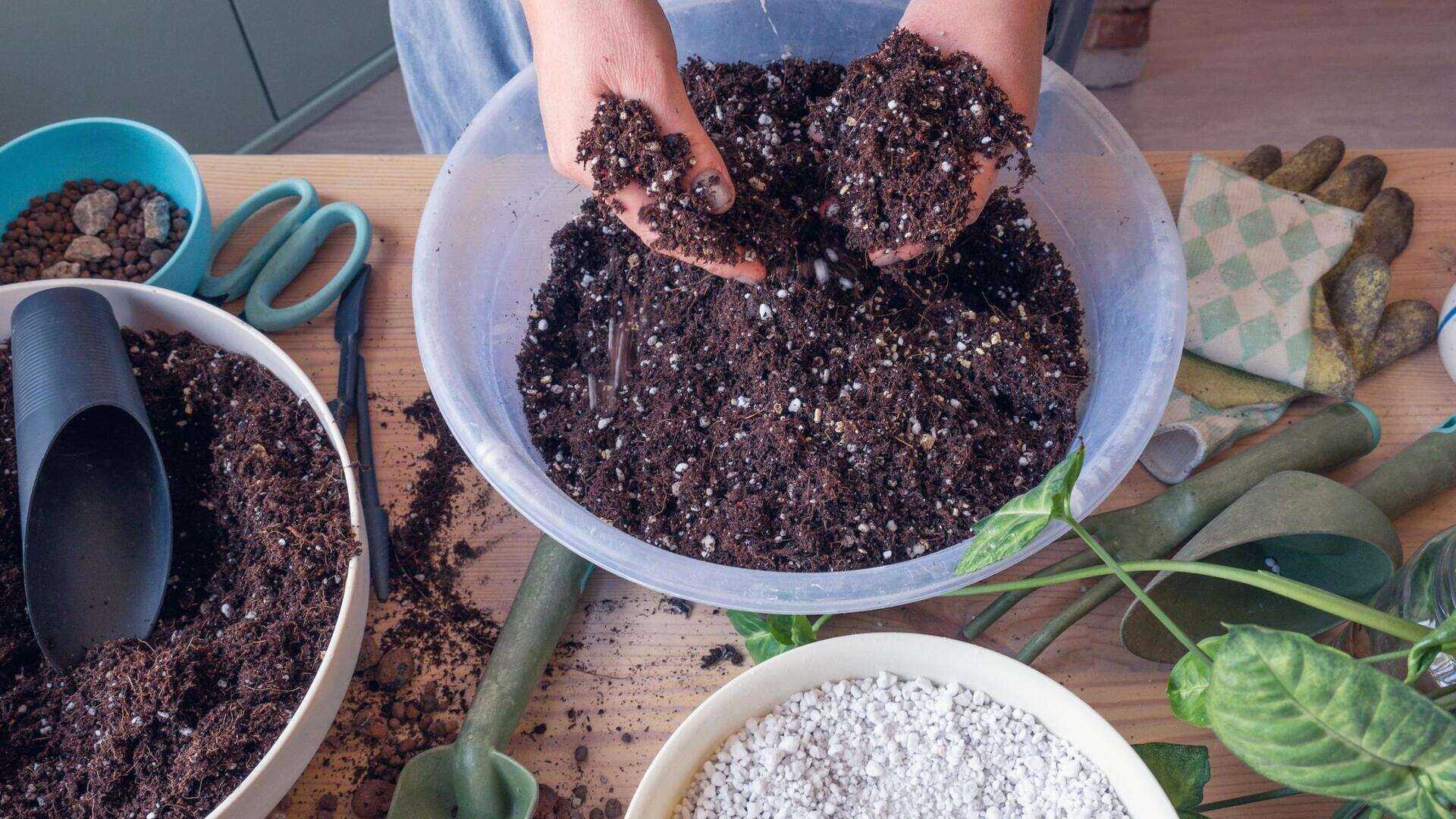
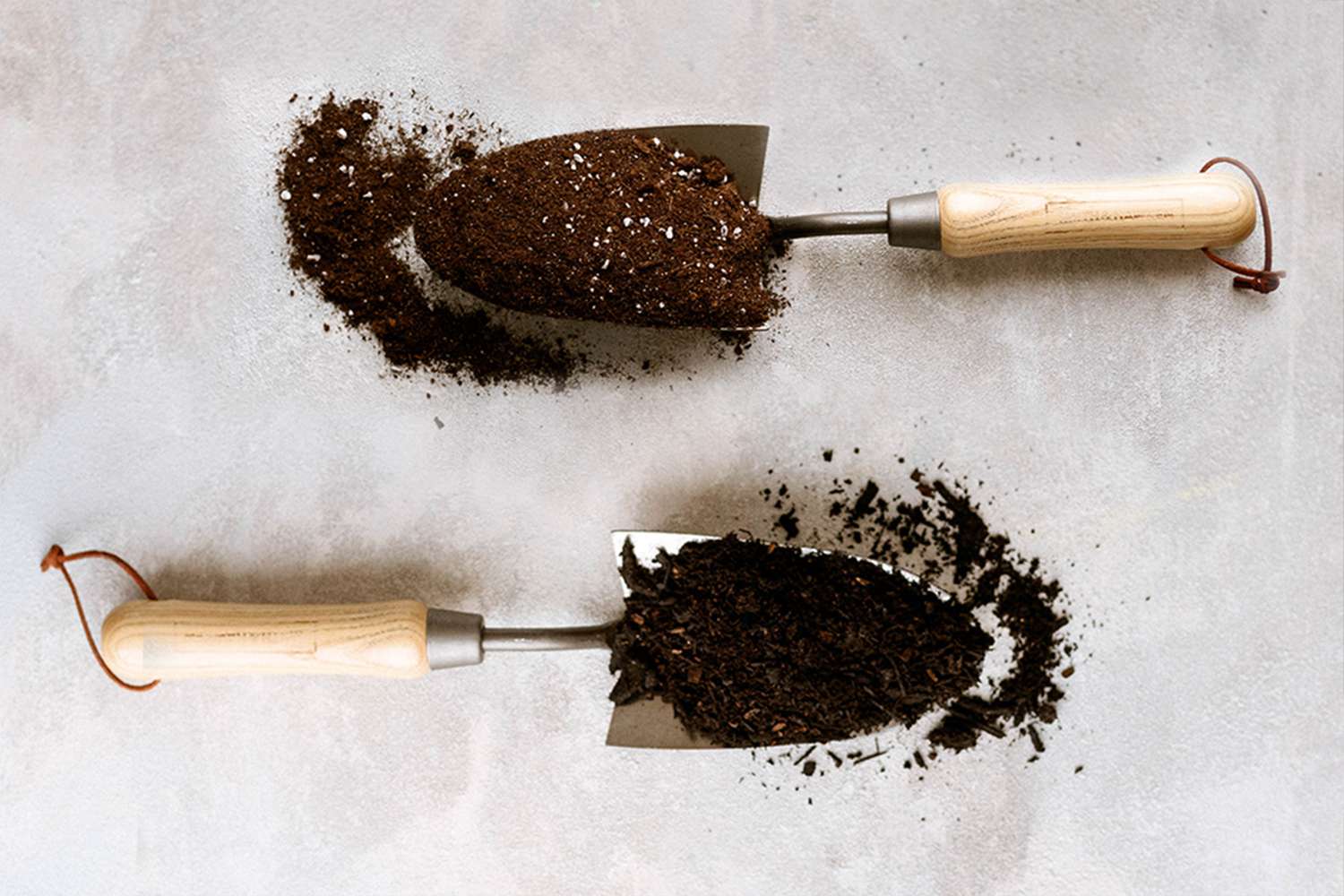
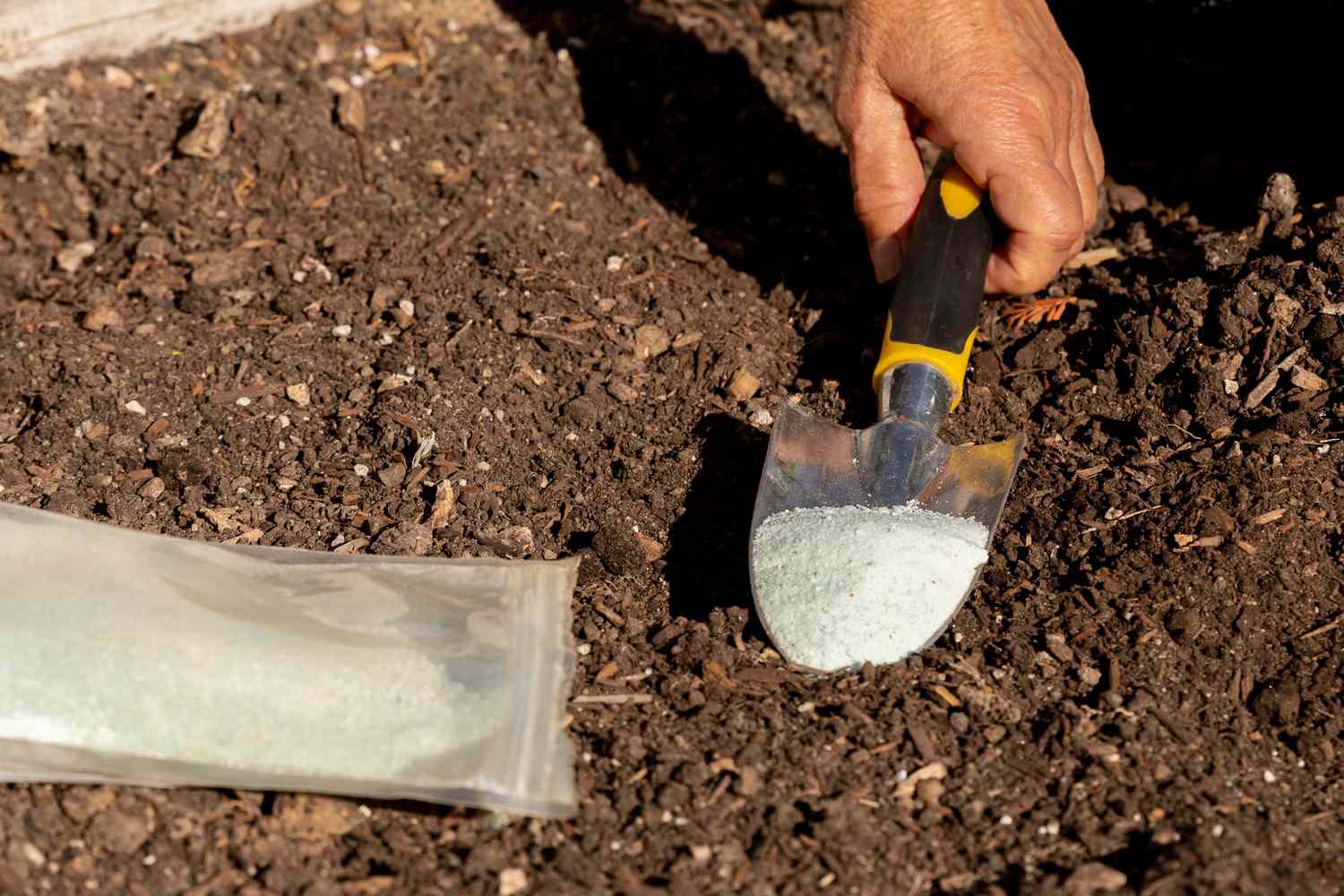
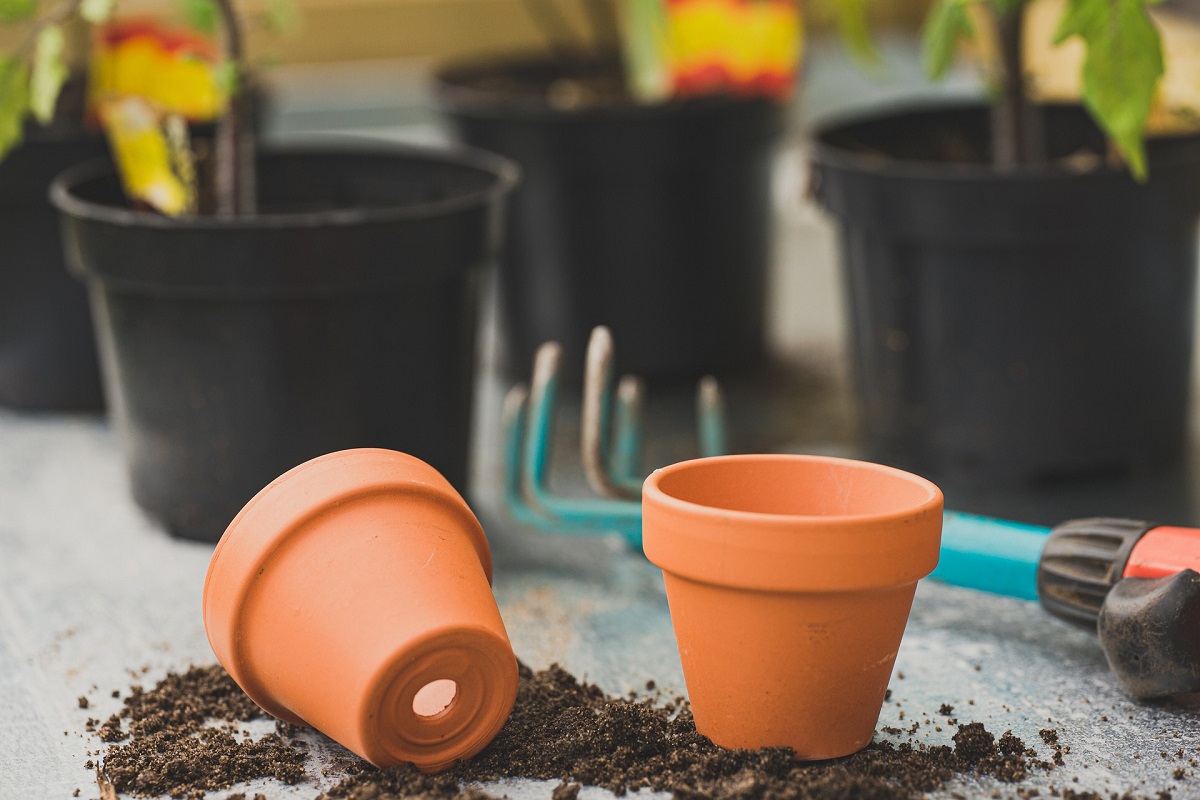
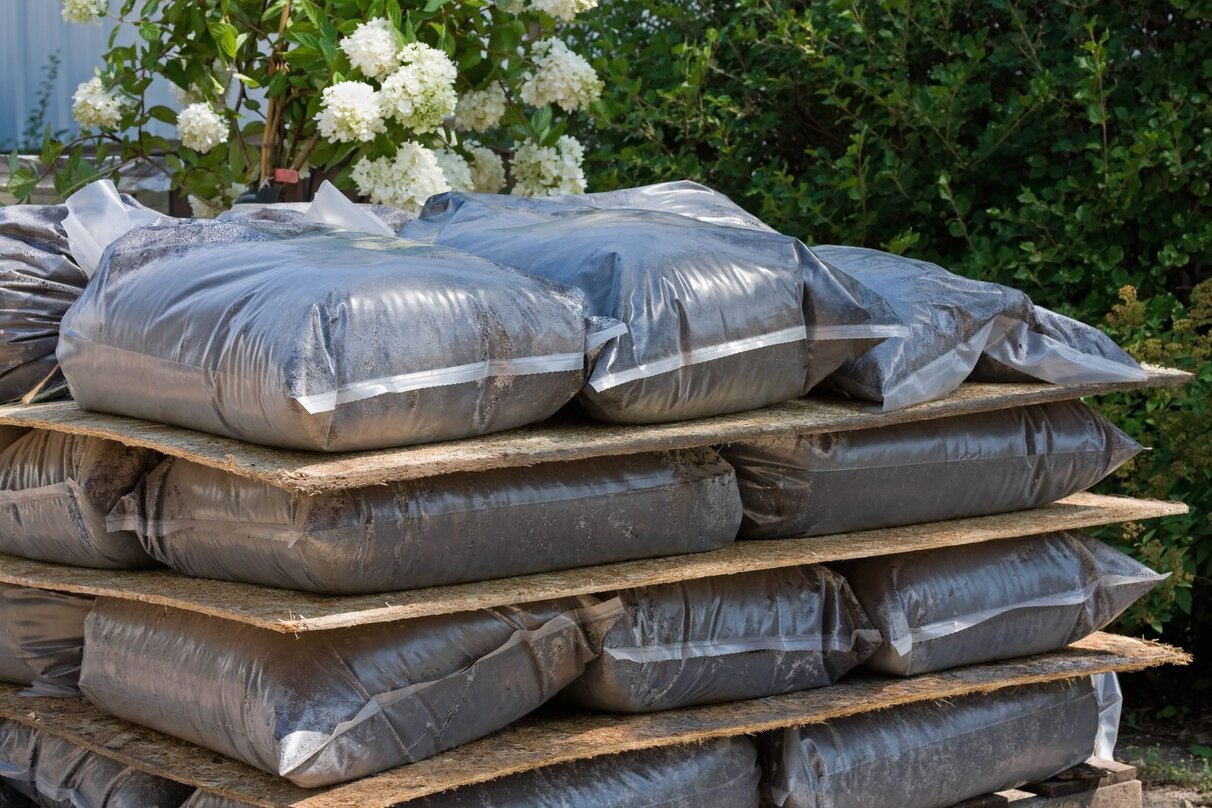
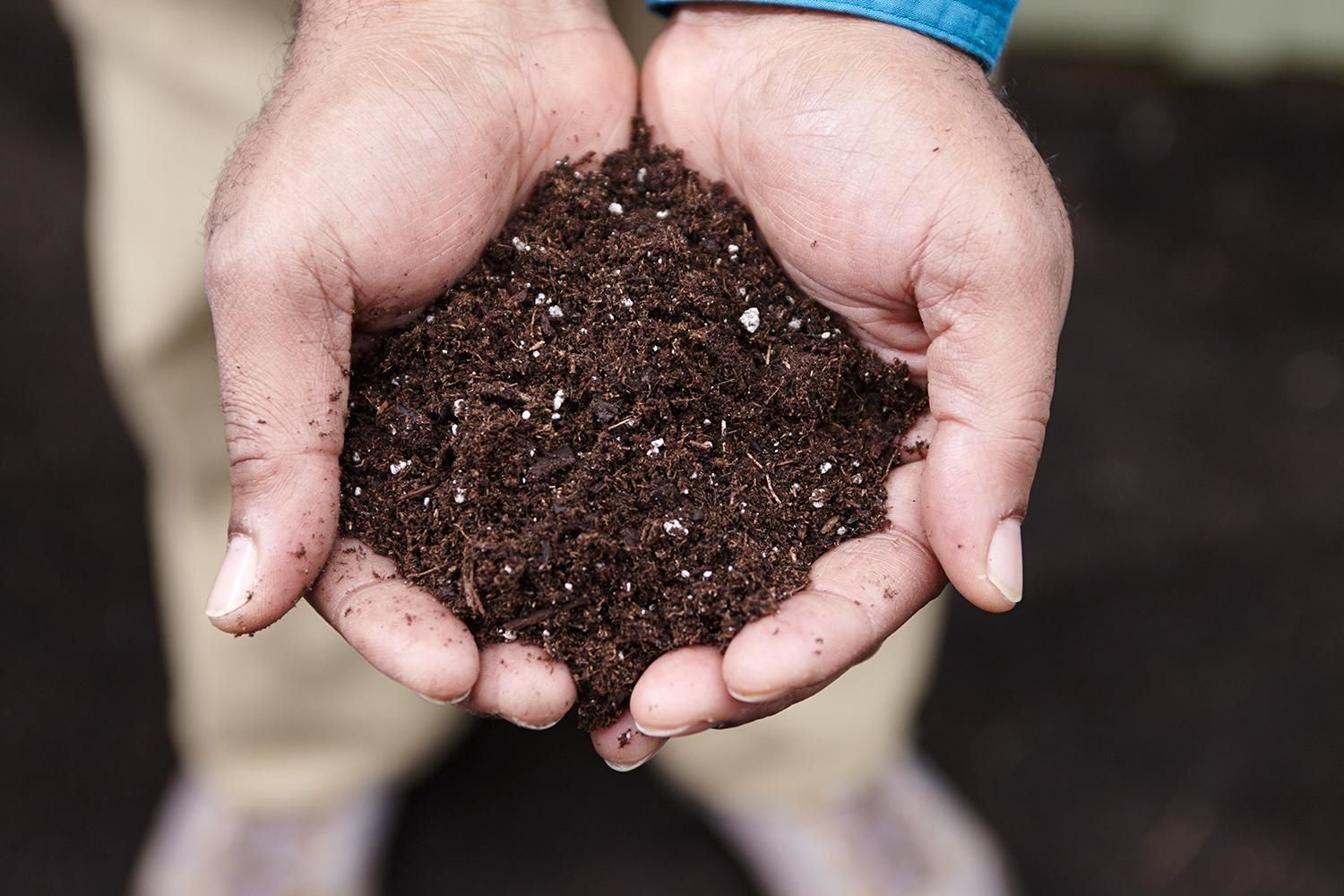
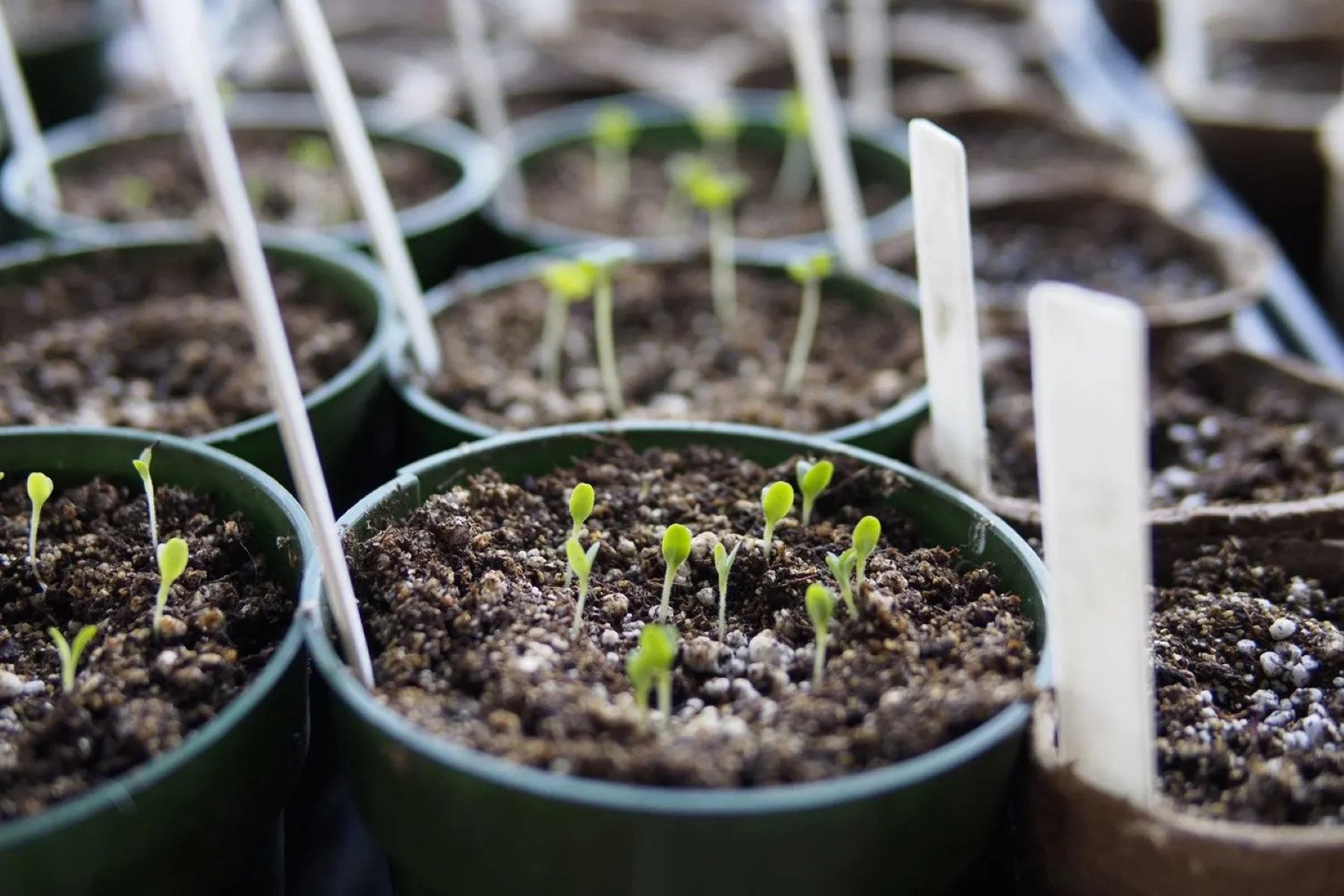
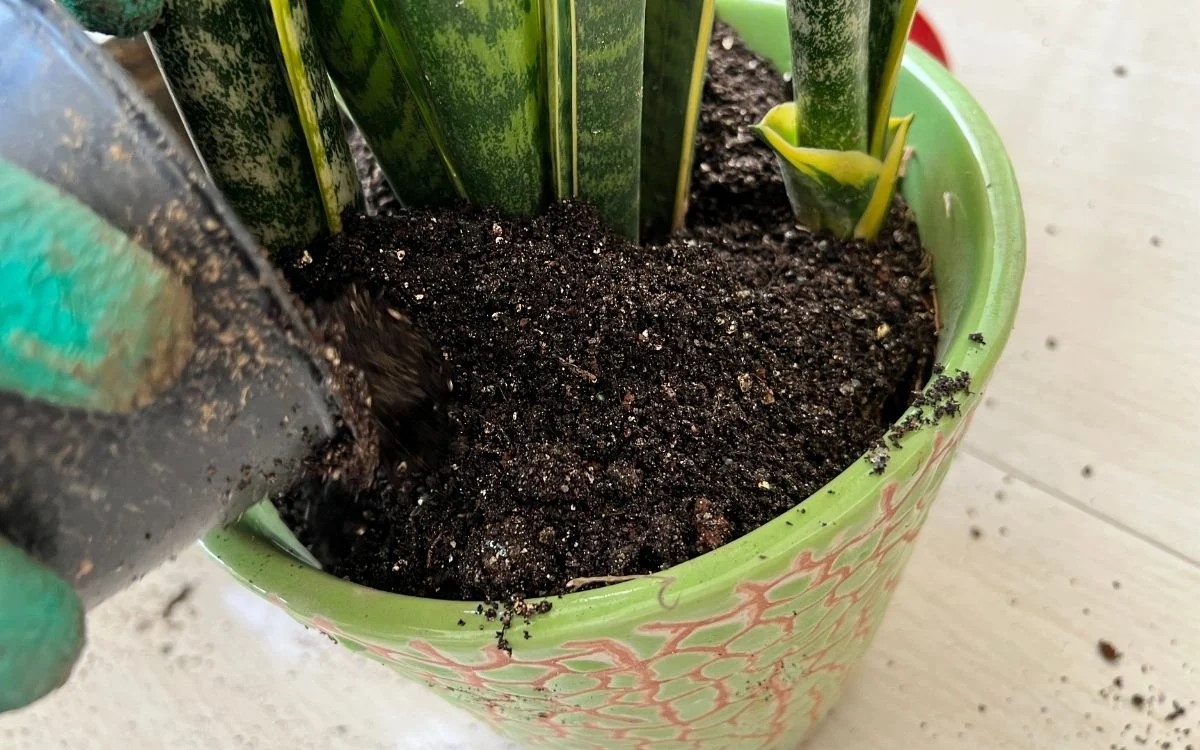
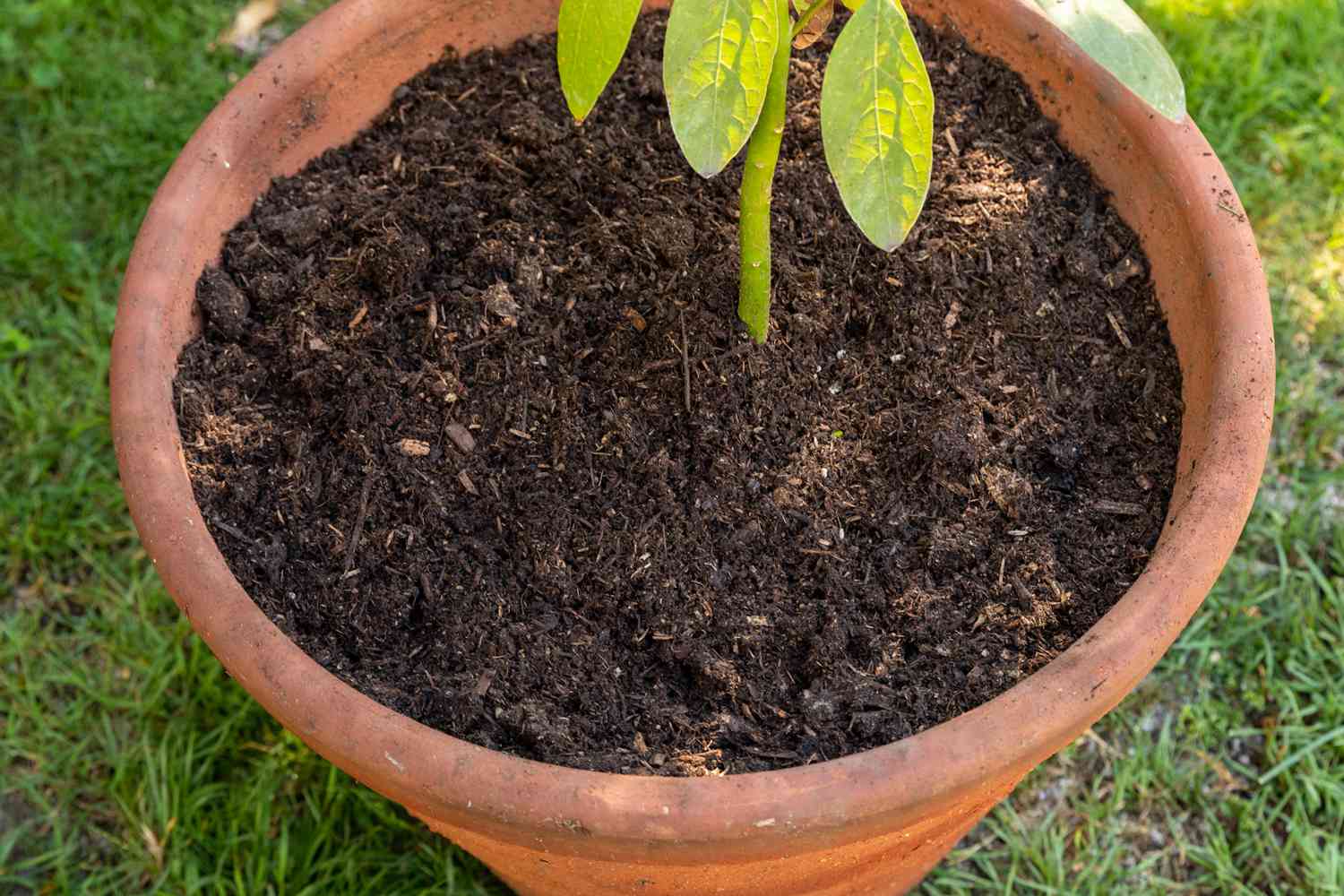
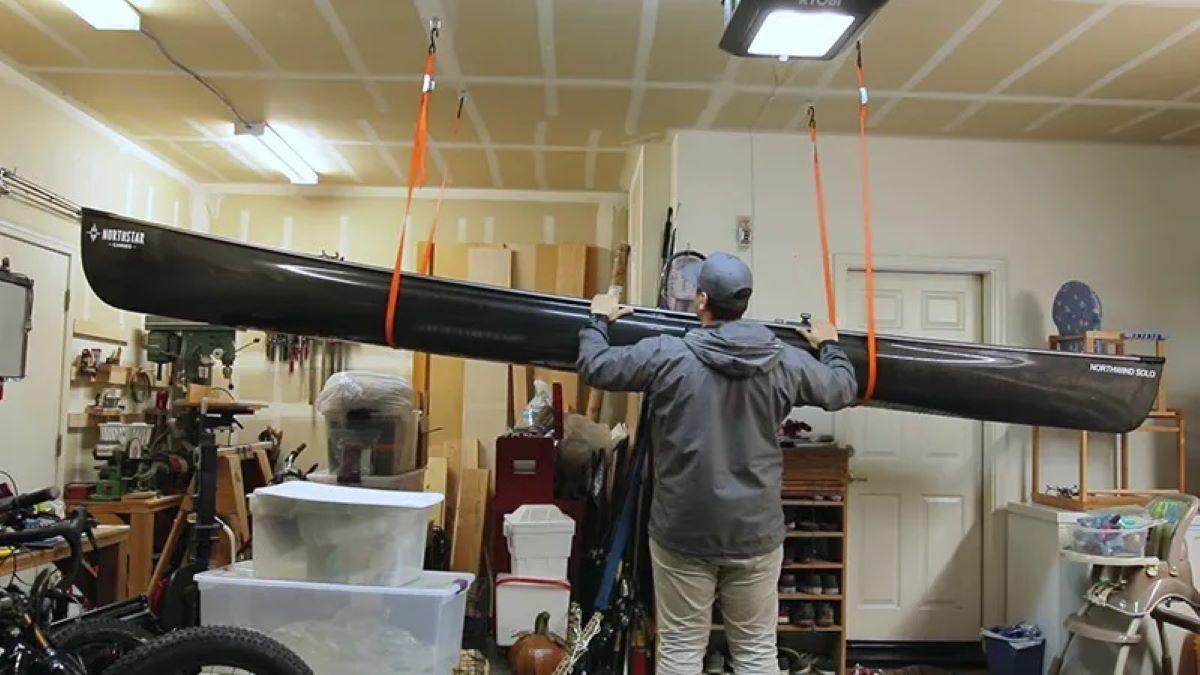
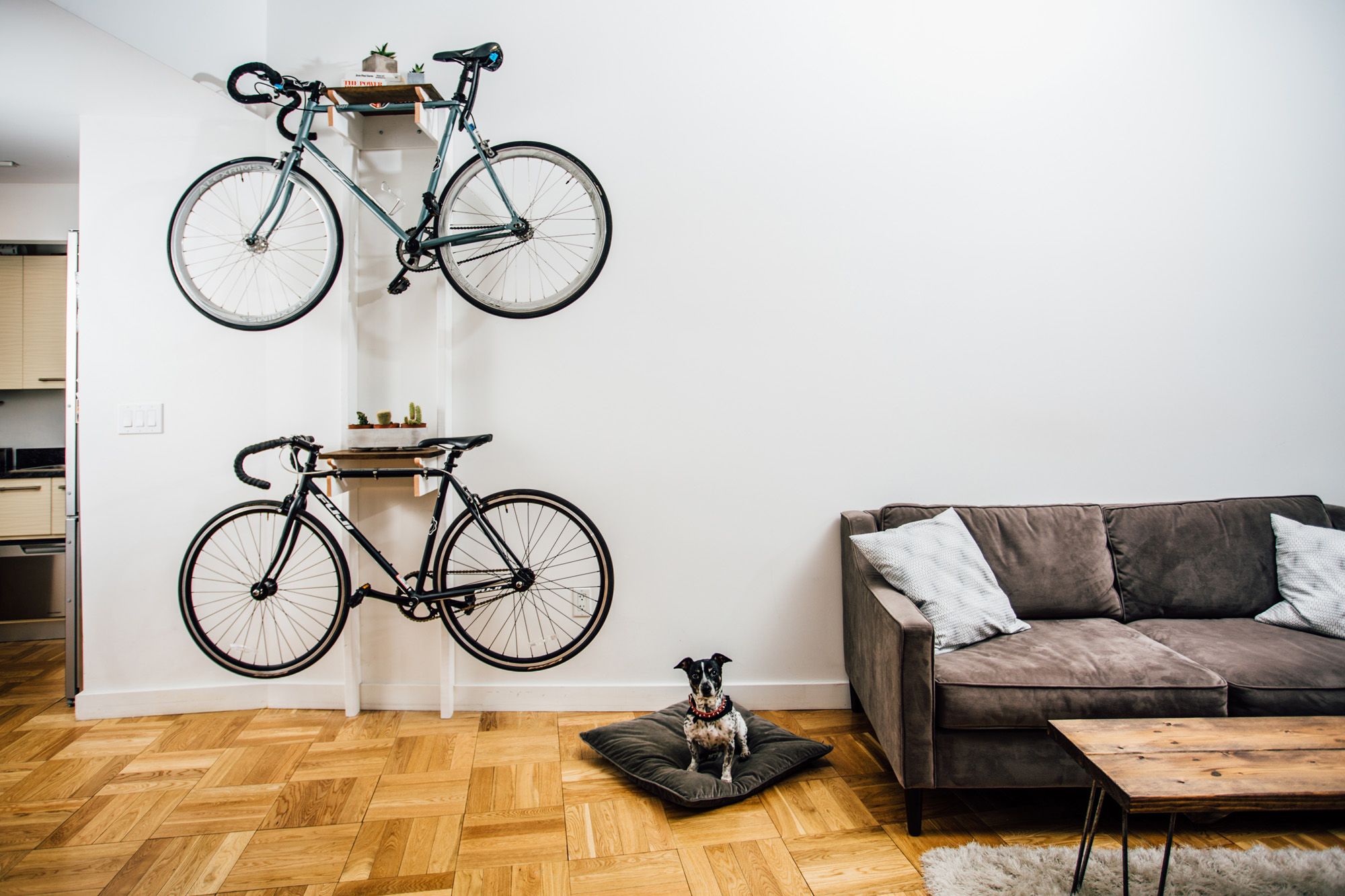
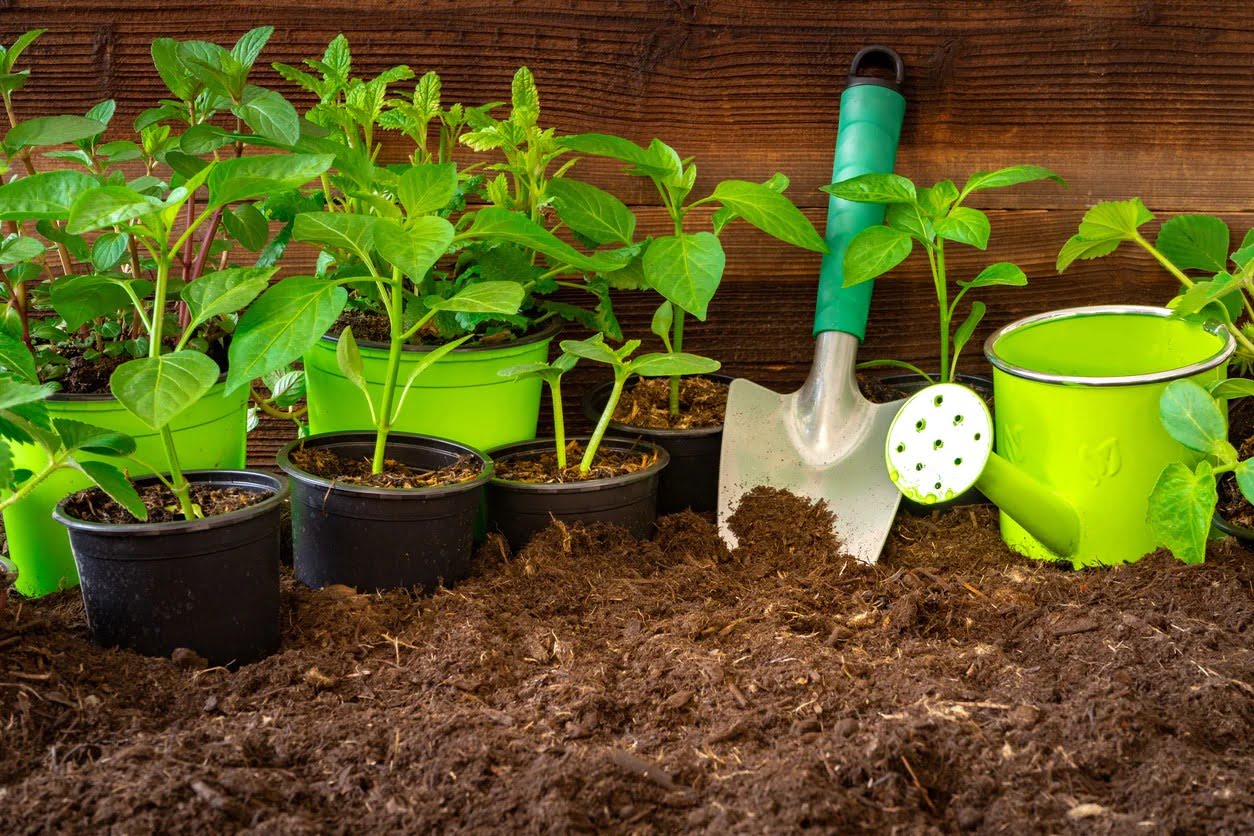
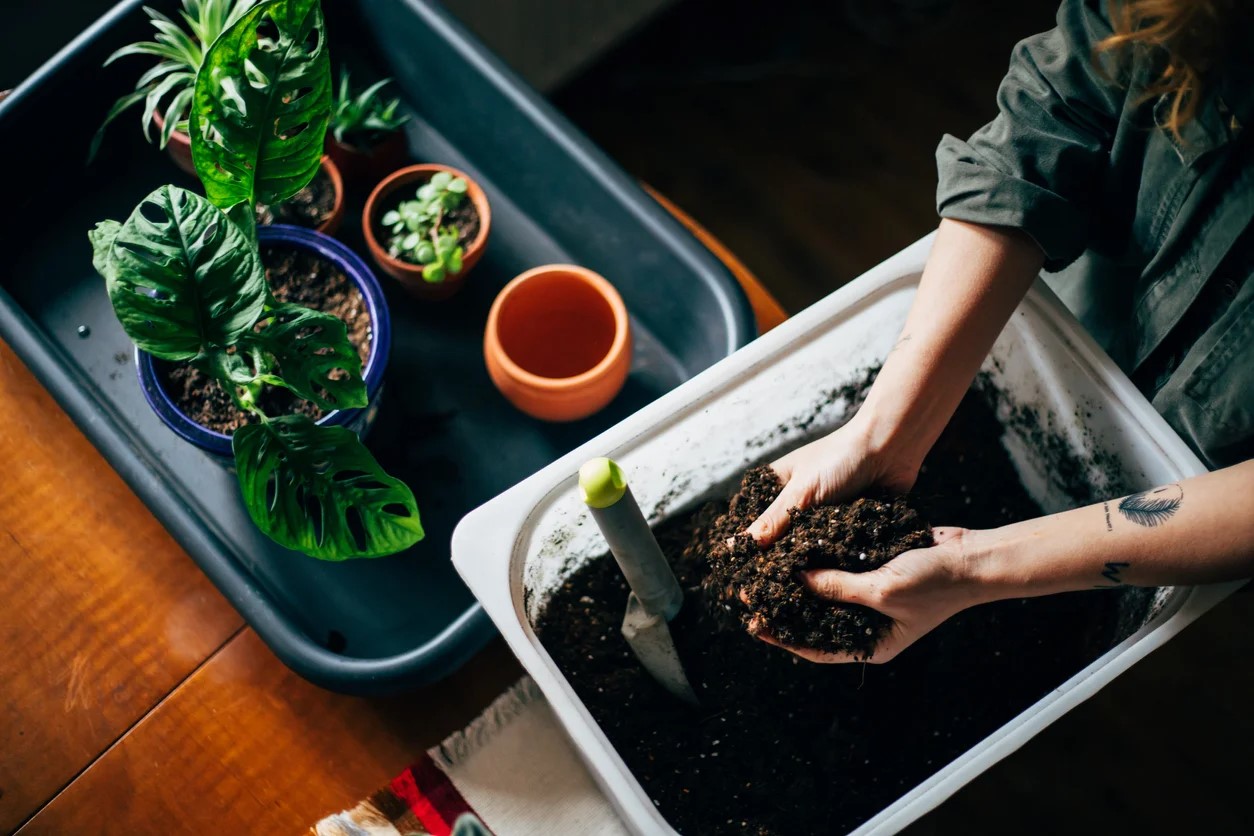
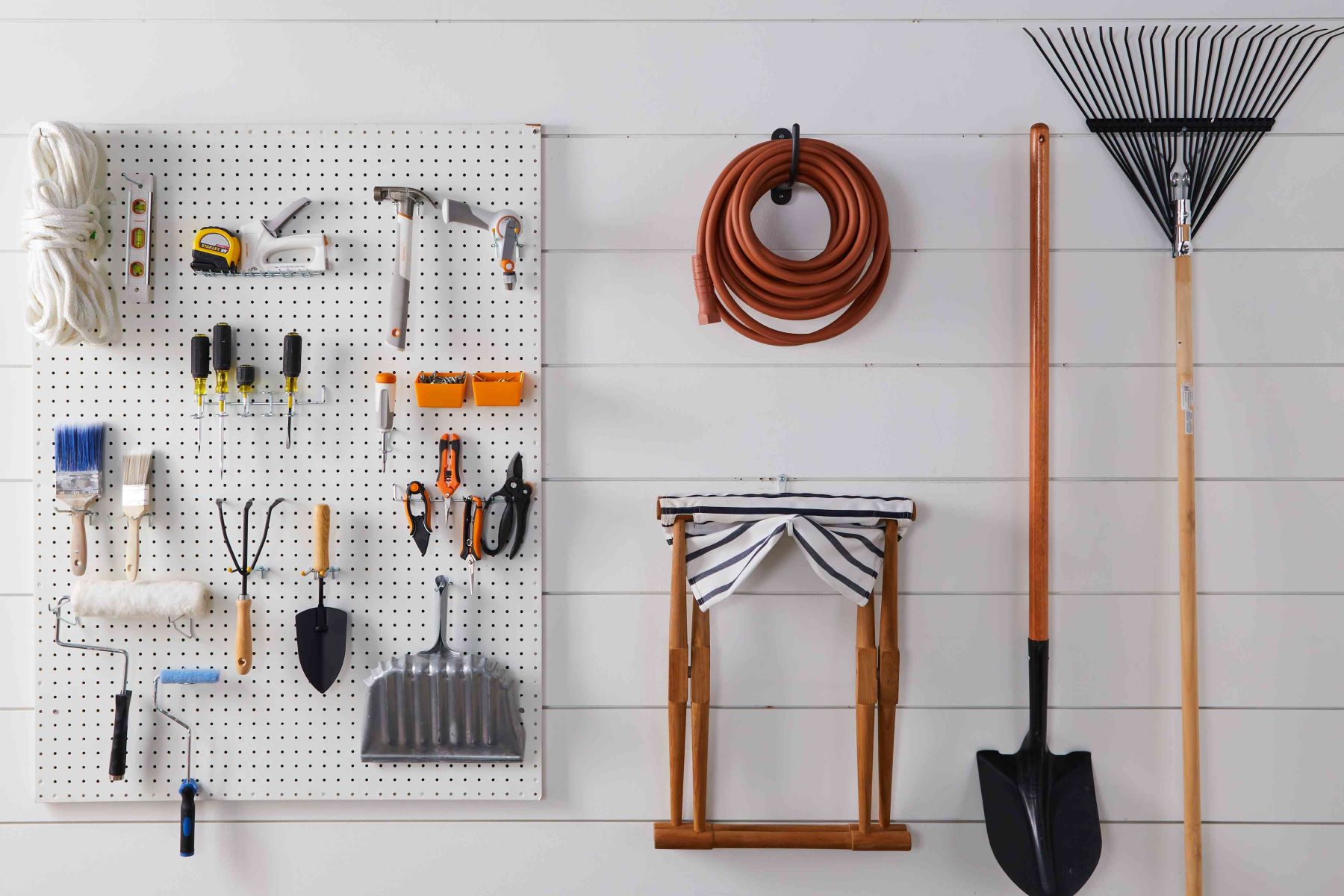

0 thoughts on “How To Store Potting Soil In An Apartment”